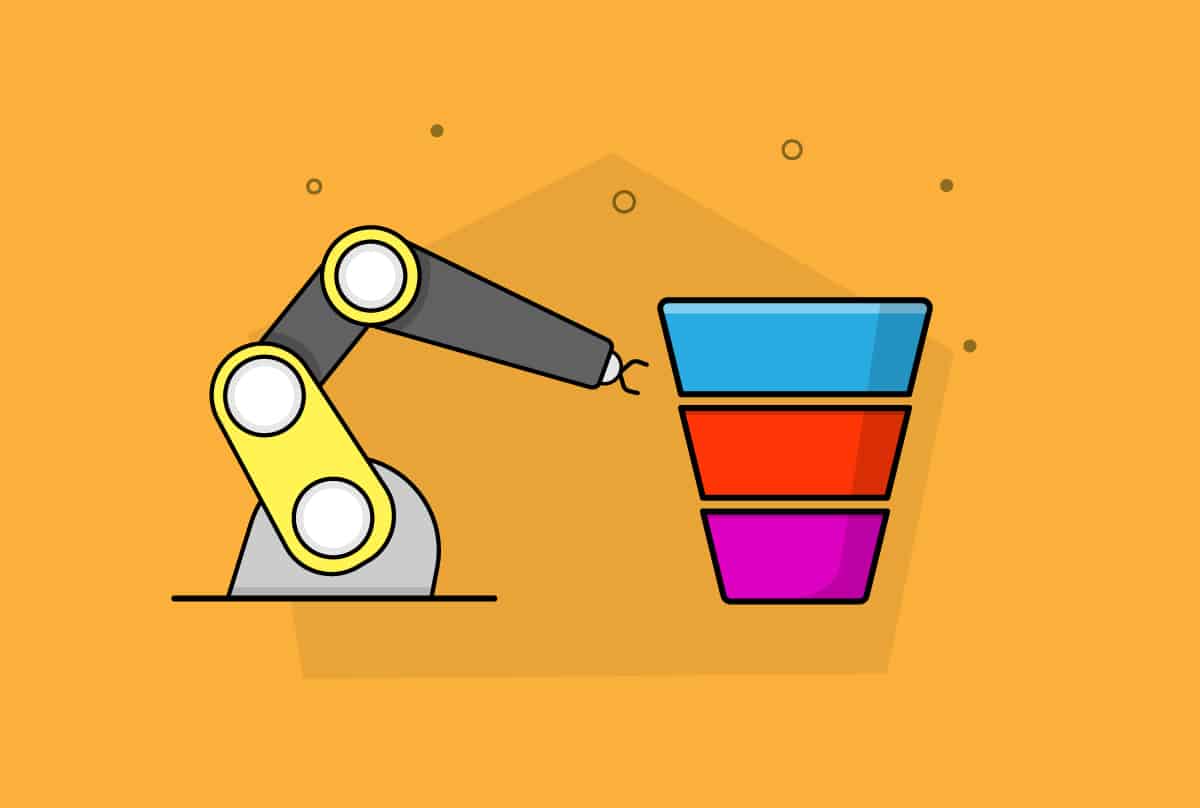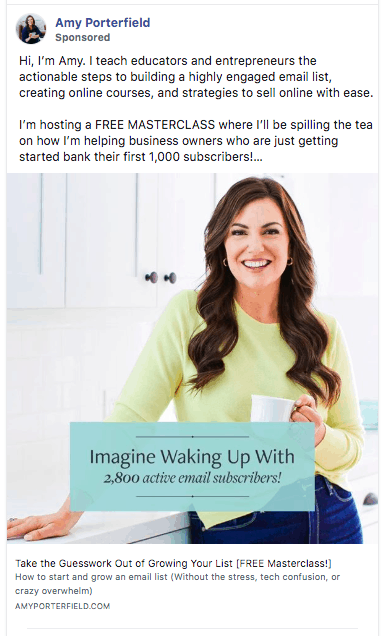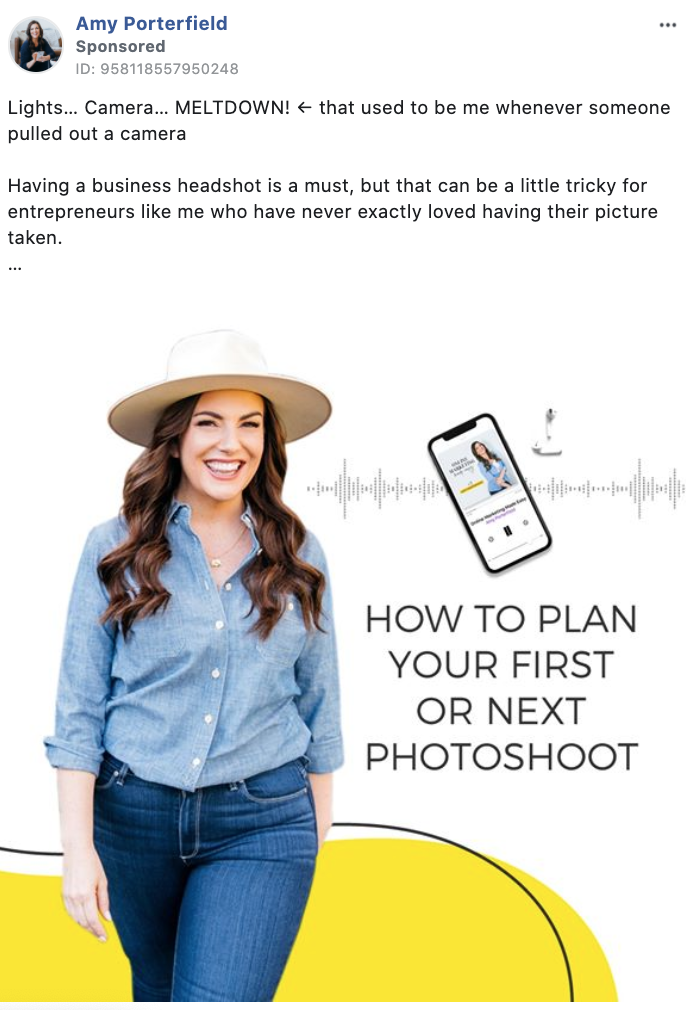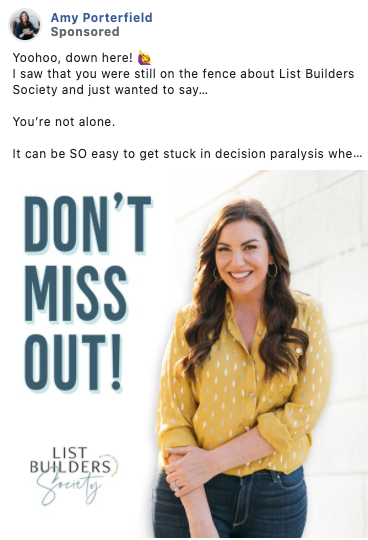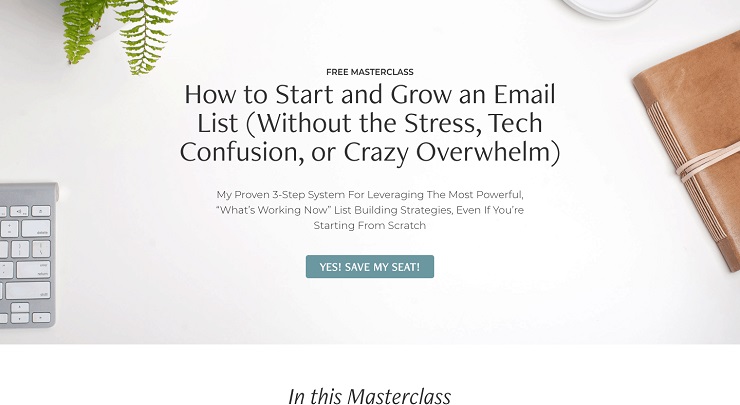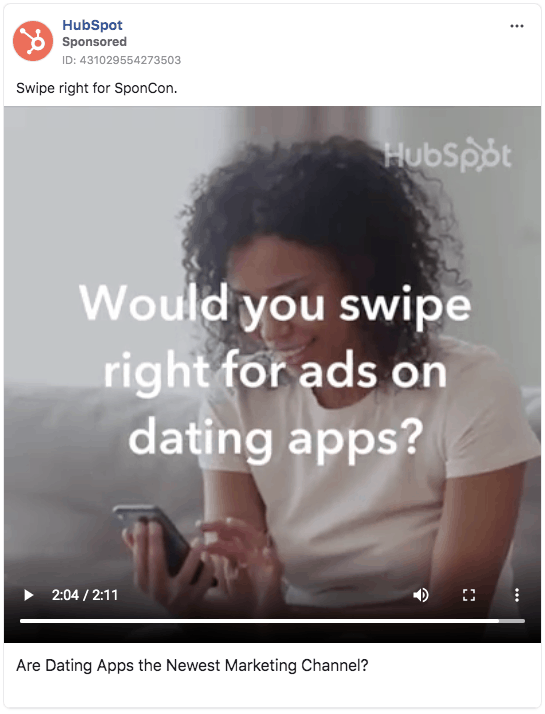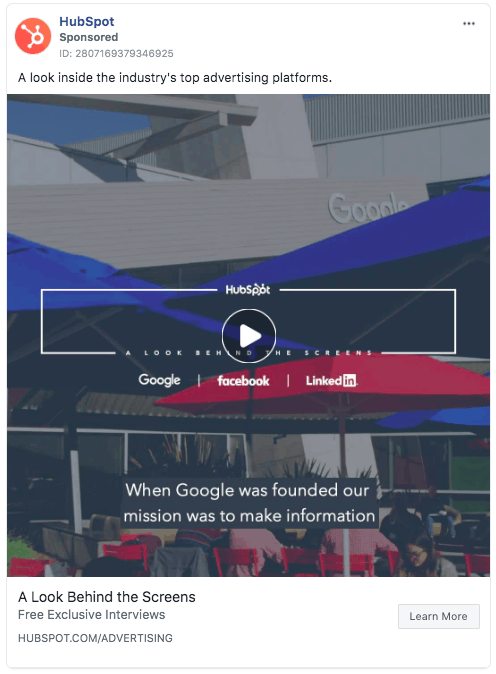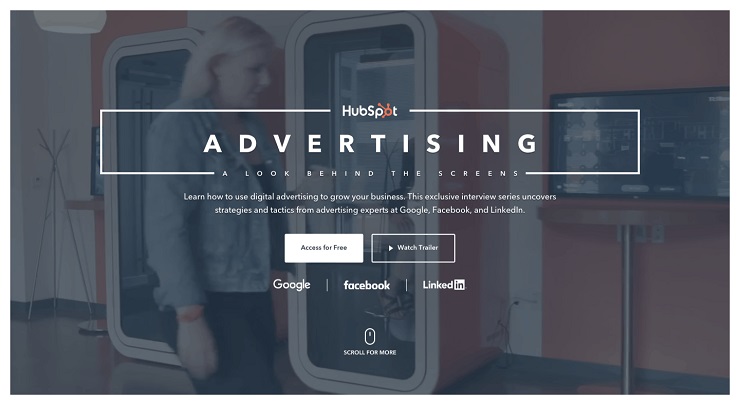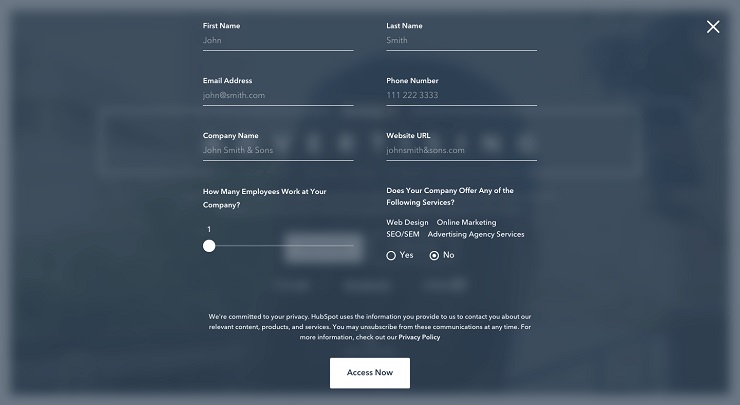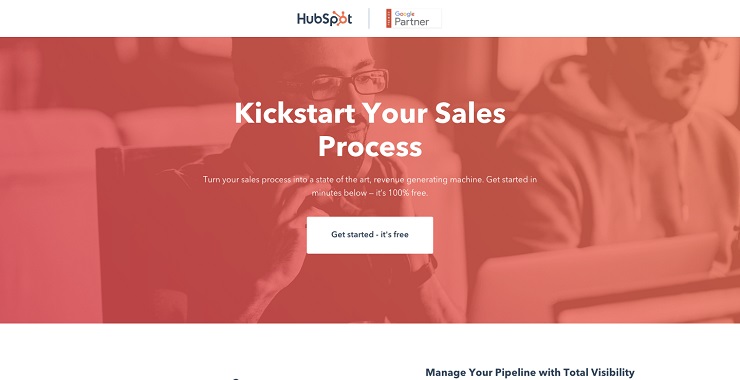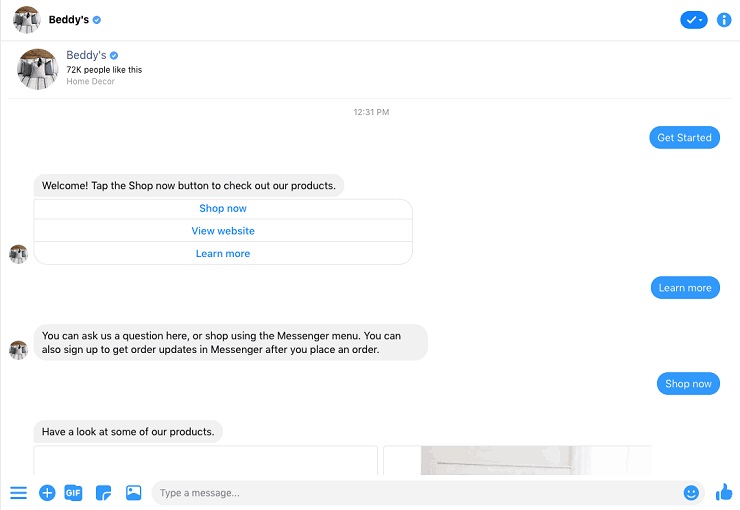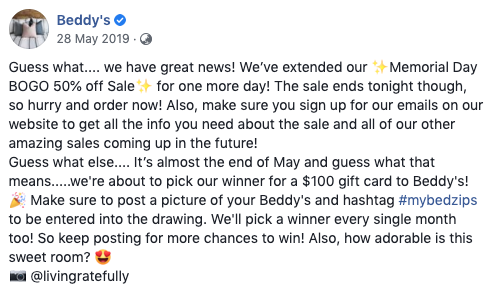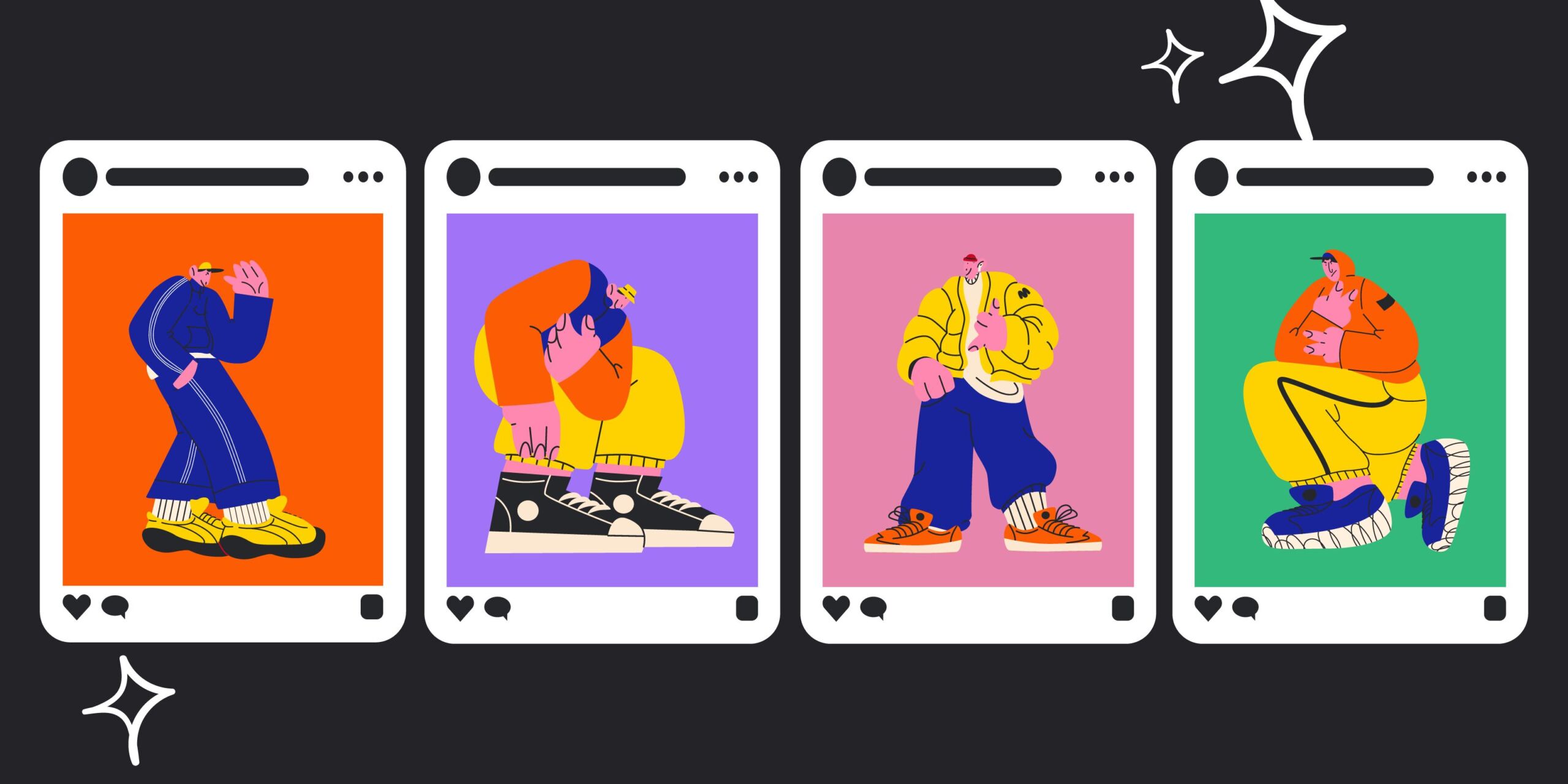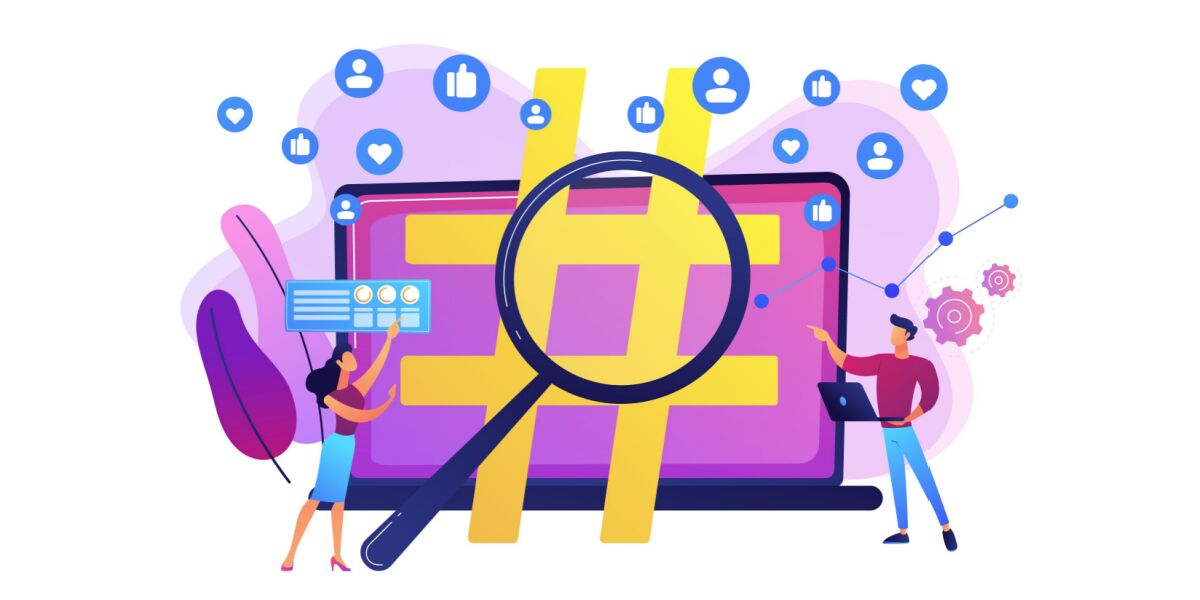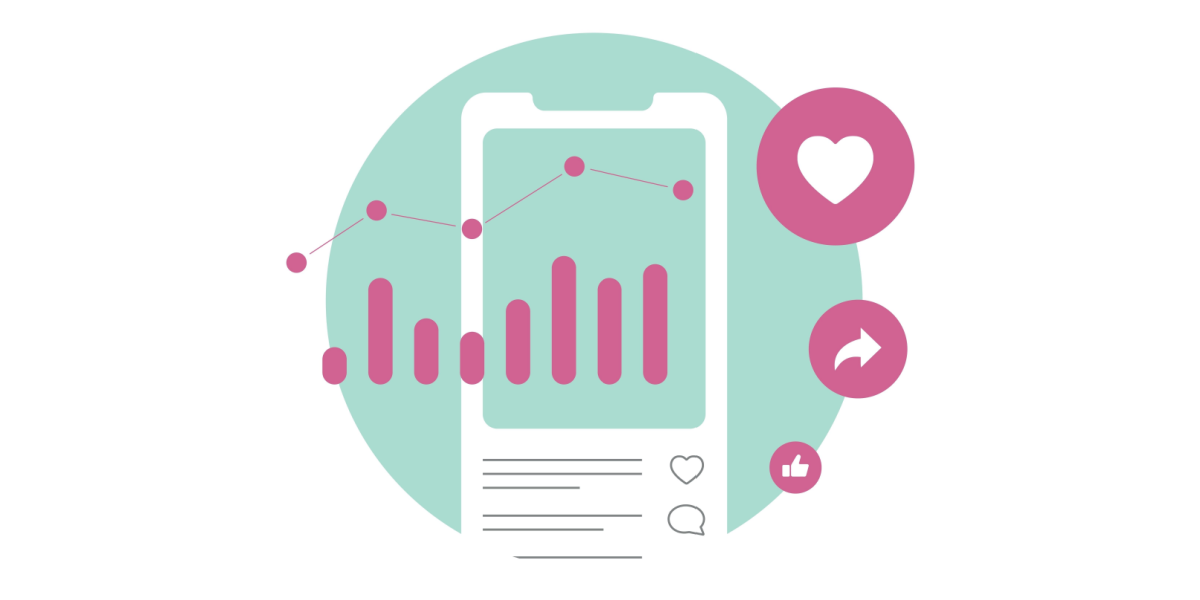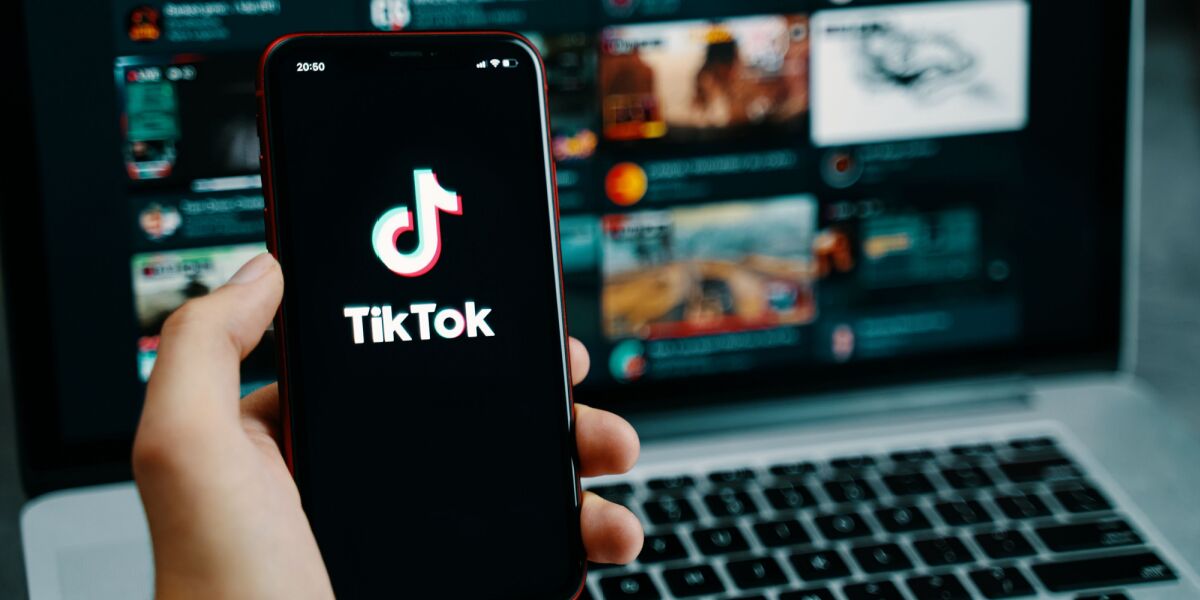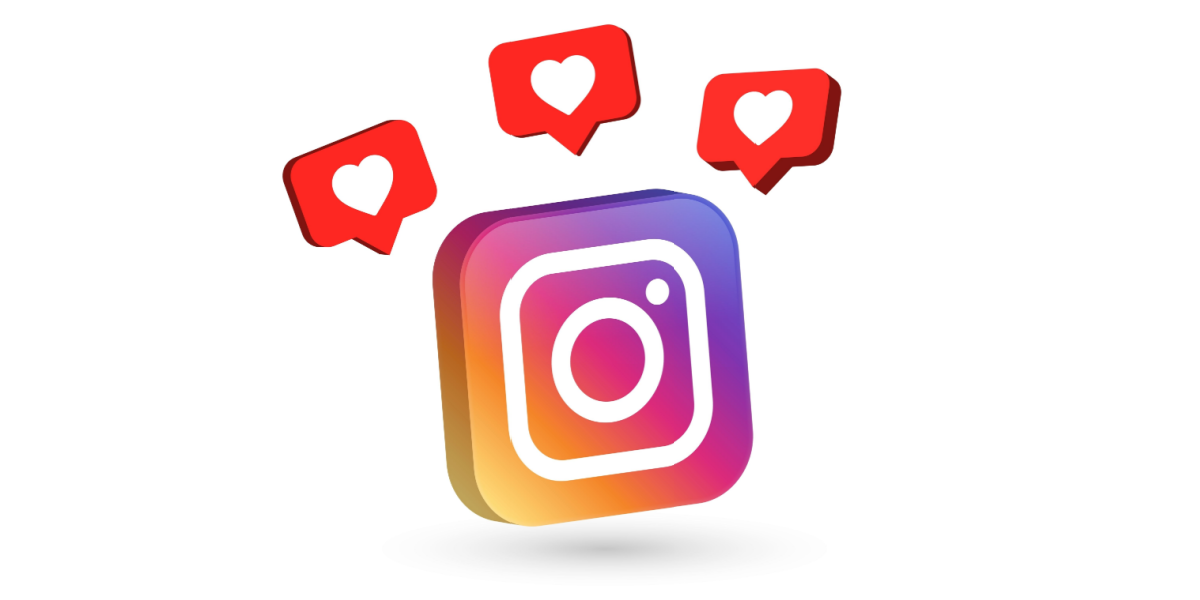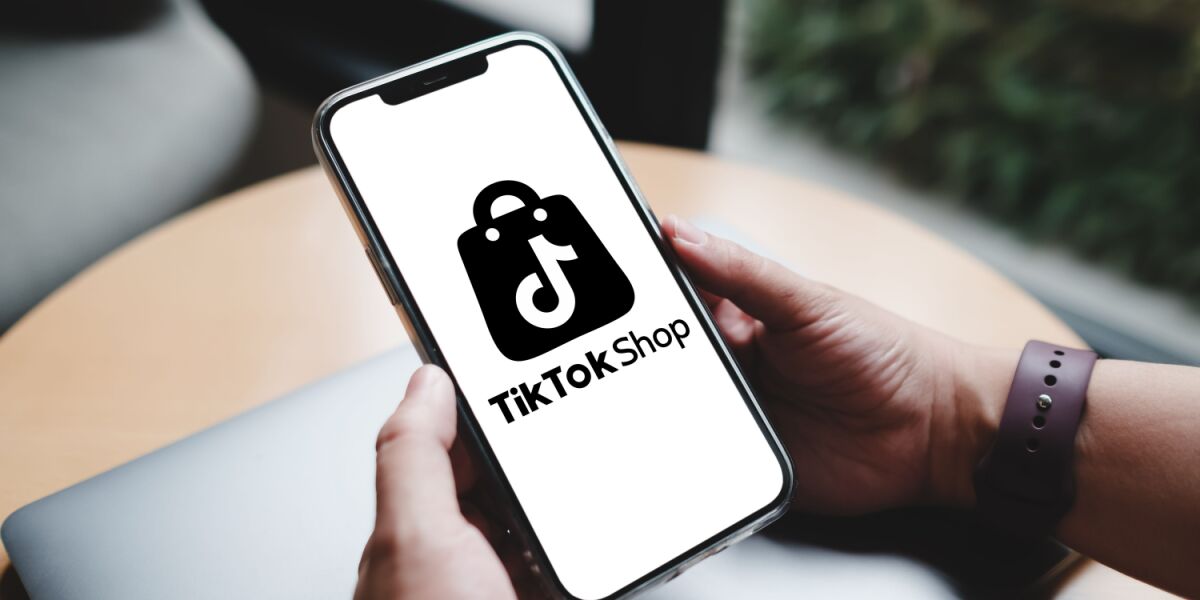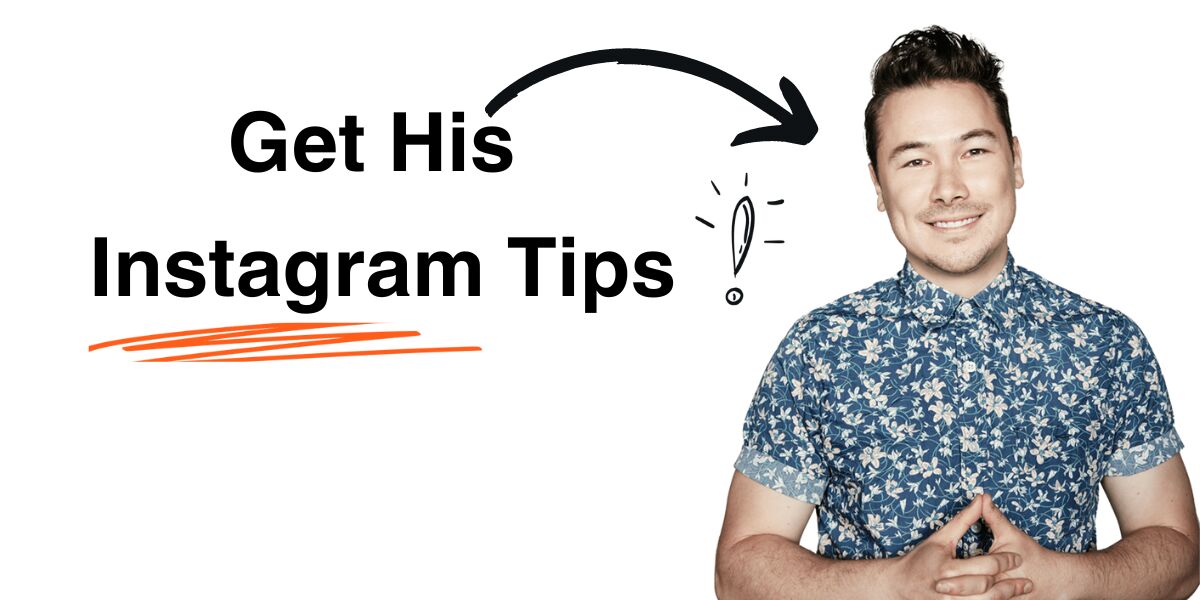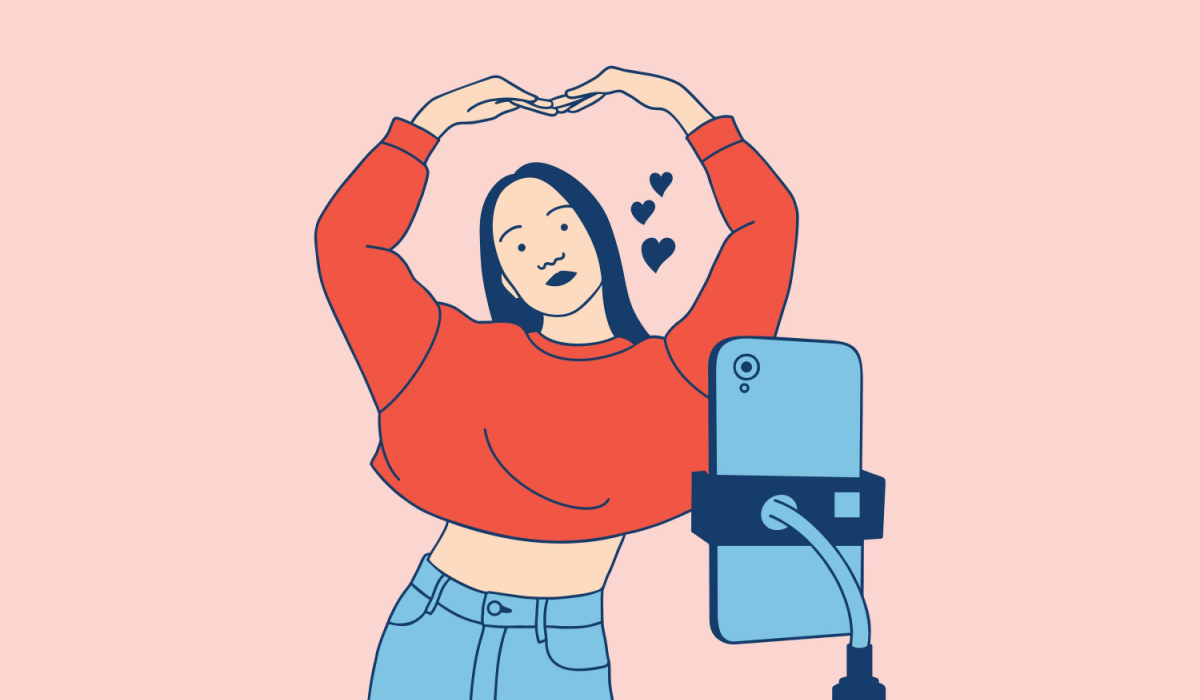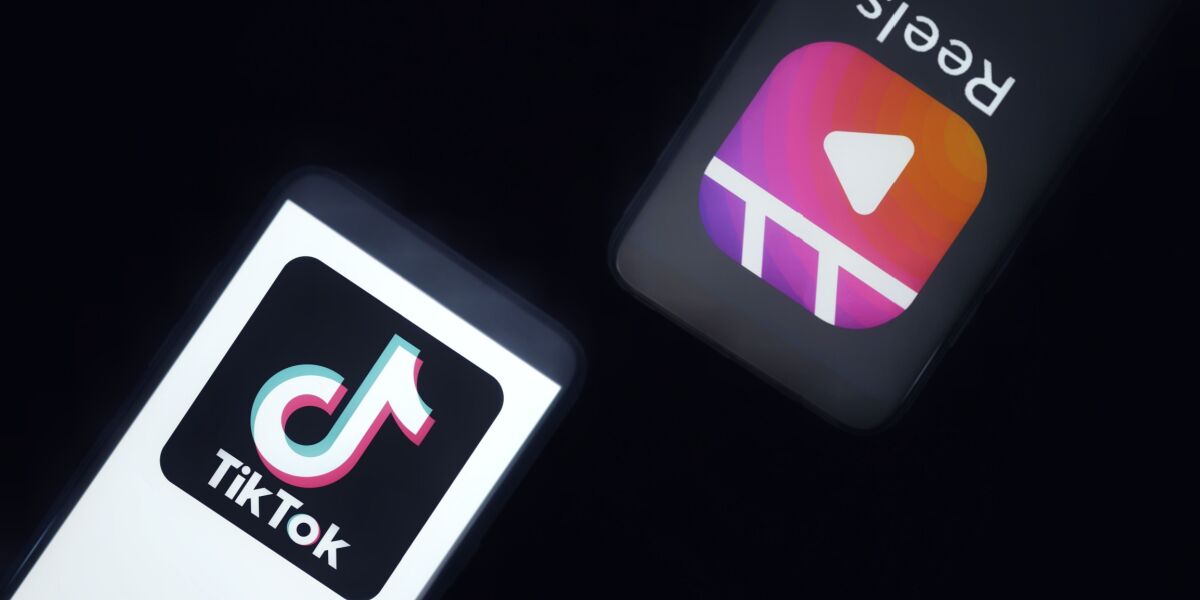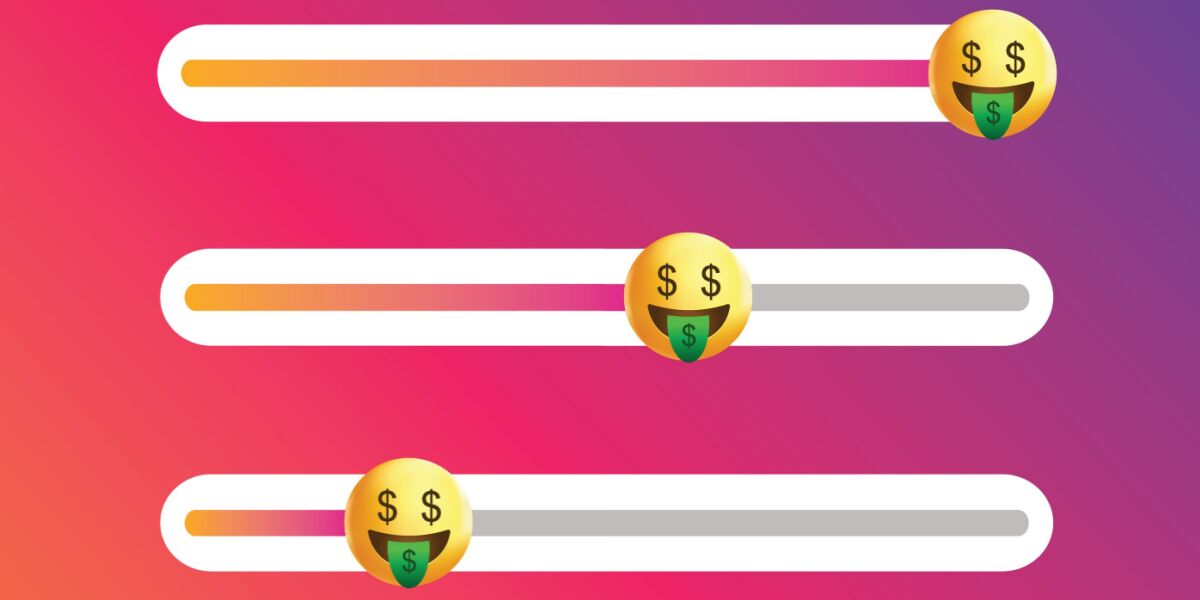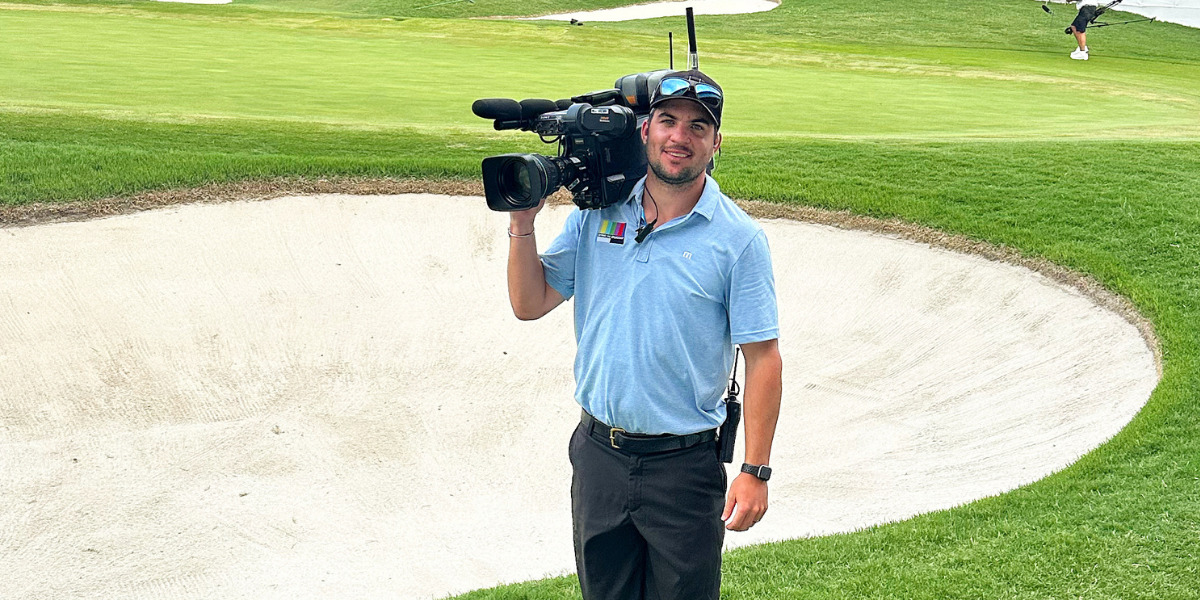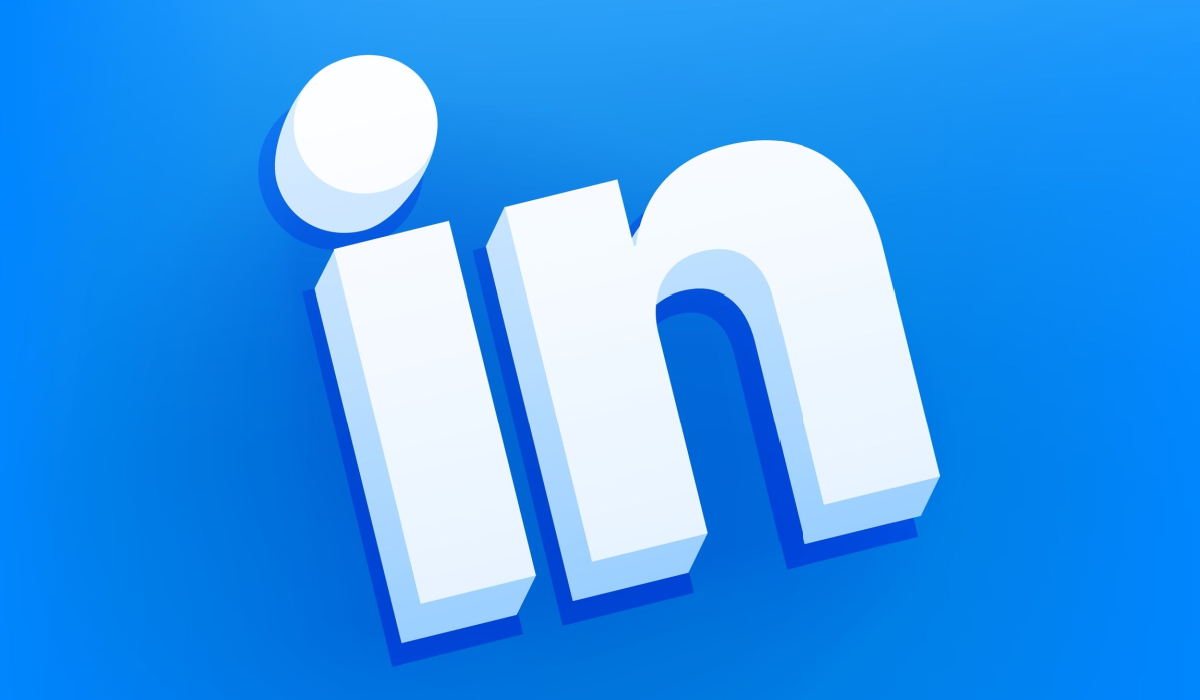By now, you probably know that sales funnels convert customers on autopilot.
If you haven’t already sunk your claws into a Facebook sales funnel, you’re missing out on some serious opportunities. Sales funnels, if done correctly, can give you the opportunity to start raking in additional revenue or even tripling your sales conversion rate.
Here at Foundr, we are all about helping you to grow your business and climb the ladder to success, so we have outlined three ways to create a successful Facebook sales funnel.
In addition to getting into the nitty-gritty details of funnels, we go in-depth analyzing three real-life big-money businesses and show how we believe they have leveraged sales funnels.
READ MORE: Building the Perfect Sales Funnel for Your Shopify Store
What is a Sales Funnel?
We are so glad you asked.
A sales funnel is a step-by-step process that enables you to draw a prospective customer closer to your sales offer. It does this through a series of carefully planned marketing actions such as automated emails, articles, and landing pages.
There are three main stages:
- Awareness/Top of Funnel: At this stage, people are just becoming acquainted with your brand. They’re not ready to purchase anything and they still need to develop trust in your brand. In this stage, they are known as “cold leads
- Consideration/Middle of Funnel: These leads are a little more familiar with your brand and are beginning to trust you. At this point, they’re starting to compare their options before making a purchasing decision.
- Decision/Bottom of Funnel: This is when leads are at their closest to buying. It’s the perfect time to go in with a more aggressive offer, such as a discount or limited-time deal.
3 Ways to Create a Facebook Sales Funnel
There are multiple ways to create a Facebook sales funnel. What works for you will depend on a number of factors, including your skill-set, your business type, and your personal preferences.
Luckily, we have Facebook Pixel to help us organize, optimize, and target existing and potential customers.
The Facebook Pixel is a code that collects data to help you track conversions from Facebook ads, optimize ads, build targeted audiences for future ads, and remarket to those who may have already interacted with your site in some way.
Below, we’ll go over three types of Facebook sales funnels across different types of businesses—from SaaS to e-commerce. Each style suits a different business, and it is up to you to decide which one will be your go-to.
READ MORE: 5 Best Sales Funnel Software Tools to Power Your Business
The Webinar Facebook Sales Funnel
This is an extremely popular Facebook sales funnel, especially amongst online businesses and consultants. If you are already a freelancer, consultant, or online course creator, consider trying the webinar sales funnel.
Let’s analyze and make educated assessments of digital marketer Amy Porterfield and her use of Facebook ads.
READ MORE: Psychographics 101: Everything You Need to Know; How It’s Used in Marketing
1. Introduction and Webinar Invitation
To begin the sales funnel, launch a Facebook advertisement that tells everyone who you are and what you do. Add an invitation to a free webinar.
At this stage, your audience is split into two categories. On one side are your cold leads, people who have never heard of you before and are encountering you for the first time. For your cold leads, you need to introduce yourself and let them know what you’re business is all about. Have a look at Amy’s brilliant post below:
On the other side are your warm leads. This audience knows who you are and are pretty familiar with your brand. See below how Amy bypasses that formalities of introducing herself and instead targets her audience by identifying a known pain point:
2. Retarget with a CTA/Invitation
In the second stage, your audience is beginning to reach the middle of the funnel. Notice Amy’s copy changes from introductory and gentle nudging to a more urgent call to action. If someone has been on the fence, this time-sensitive targeted ad may be what encourages them to become a customer:
3. Direct Them to a Webinar Landing Page
When someone clicks your ad, they should be greeted by a landing page where they can sign up for your webinar.
4. Host Your Webinar
To host your webinar, try EasyWebinar or WebinarJam. Hosting a webinar is a lot of work, so consider pre-recording your webinar and scheduling it a few times a week. For pre-recorded webinars, make sure to inform your audience that it is pre-recorded and not live.
READ MORE: How to Start a Podcast on a Budget
5. Offer a Limited-Time Bonus
The goal of the webinar is to warm up those leads even further by getting them acquainted with your face, your voice, and your expertise. At the end of the webinar, reward them for sticking around by offering a fast-action bonus and an offer to join your paid program.
6. Retarget Webinar Attendees That Didn’t Convert
Don’t be disheartened if most of your attendees don’t immediately make a purchase. The beauty of the Facebook Pixel is it allows you to retarget the people who watched your webinar but did not convert. Those that didn’t make the purchase after the webinar are targeted with more prompting ads, and perhaps this will be the encouragement they need to make the purchase.
Imagine that this ad was the first time you saw Amy’s business. Most likely you wouldn’t even consider purchasing from her because you have no idea of who she is or what she does.
But thanks to the Facebook sales funnel, this ad maybe the third or fourth time you’ve been exposed to Amy. Perhaps you’re already signed up for her mailing list, or you watched her webinar, maybe you’ve already built a rapport with her through her program.
Chances are that you’re now familiar enough with Amy to make a purchase from her.
READ MORE: How to Develop Powerful Business Core Values and Mission Statements
The Content Facebook Sales Funnel
Not a fan of hosting webinars?
That’s okay, perhaps the content Facebook sales funnel is a better fit for your business. HubSpot does a brilliant job of leveraging their content, and we will use their recent ads as an example of how it can boost your business:
1. Offer No Strings Attached Free Content
Your first action is to offer your audience free content without requiring anything on their part. This means no sign-ups, no commitments, no payments, just no strings attached content.
The goal of offering free content without a sign-up is to introduce your audience to your brand, potentially have the audience interact a little, and maybe visit your website.
For HubSpot’s top-of-funnel Facebook ads where the user potentially has never heard of HubSpot before, the company runs ads such as this one:
At first glance, this ad is just a funny video with a caption. But on closer inspection, this ad is targeting its audience in three ways.
READ MORE: 10 Instagram Growth Hacks For More Engaged Followers (Without Running Ads)
Firstly, it singles out its target audience by providing information on a niche-specific topic. In this case, they are targeting digital marketers, so they have purposefully used terminology that would be familiar jargon to those in the field. “SponCon”, or Sponsored Content, would immediately catch the eye of those in the digital marketing world.
This ad encourages engagement from their audience by asking “would you swipe right for ads on dating apps?” They have also included a little HubSpot logo in the top-right hand corner, nothing too distracting for the eye but enough for you to subconsciously recognize the brand.
It’s impressive how much you can do with a funny caption and video, right?
2. Re-targeting Past Interaction
This is where the power of Facebook ads really kicks in. You can target those on Facebook who interacted with your previous ads.
Even if someone only watched your video for 3 seconds before moving on, this small interaction allows Facebook to target their ads.
Consider this ad by Hubspot:
When you click “Learn More,” you’ll be directed to these landing pages:
Even though HubSpot is asking for your contact and business information, at this stage, they’re still not asking you to buy anything.
Notice how this ad takes it one step further and introduces an offer: a free download of industry interviews about advertising platforms. HubSpot can then use the email addresses it collects on that landing page to continue to market to these leads via email. They could also retarget these leads or create a lookalike audience on Facebook based on the data collected.
3. Retarget Again With a Product Offer
Finally, HubSpot launches an ad that directly promotes their product, CRM. This type of offer ad works well in your sales funnel when it’s the third, fourth, or fifth time that someone has interacted with your brand.
While HubSpot’s CRM is free, they do have paid upgrades for those who want to take it up a notch. HubSpot’s free CRM is a good gateway to their paid products.
The Facebook Messenger Sales Funnel
Did you know that a recent survey has found that there are 1.3 billion Facebook Messenger users, and that number is estimated to rise to 2.4 billion users by 2021? Crazy, isn’t it?
With more than 20 billion messages are exchanged between business and users monthly, and 300,000 active bots across the network, it’s no wonder that Facebook Messenger Sales Funnels are quickly taking over.
This is where chatbots are ideal. A chatbot is a software application that is used by businesses to chat with customers through messenger.
Chatbots operate via chosen keywords and inputs to help guide the customer. You may have encountered chatbot’s on other websites via a small pop-pup, and they often have cute little names or personas in-lieu of a real sales assistant.
Chatbots are your key to engagement using the Messenger sales funnel method. Let’s take a look at a case study of Beddy’s, a business that sells one-piece, zip-up bedding, and how they use the Messenger app coupled with a chatbot for a streamlined sales funnel.
READ MORE: 30 Expert Tips on How to Get 10k More Followers on Instagram
1. Offer Discount Codes or Promotional Sign-Ups
The audience may be drawn in by the offer of a discount on a first-time purchase, and an easy way to have them interact with the brand is to have them contact via Facebook Messenger. Messenger doesn’t require additional sign-ups, it’s little to no hassle, and people are more likely to contact a brand this way due to the convenience.
For its Memorial Day sale, Beddy’s offered a discount to customers that required them to message the company page. At the bottom of the ad was a call-to-action “send message” which redirected the customer to Messages.
2. Offer Code and Promo
This is where the chatbot comes into play. After the customer engages with the previous ad and is directed to Messenger, the chatbot will activate as a reply after their first message.
As the chatbot relies on keywords and phrases, you can see below how it interacts with the customer through phrases such as “shop now” and “learn more”.
After initiating conversation via Messenger, the customer will then be offered the discount or promo code plus a link to the website.
READ MORE: Psychographics 101: Everything You Need to Know; How It’s Used in Marketing
3. Mailing List Prompt
The Messenger chatbot will also encourage the customer to sign up for their mailing list. A great way to encourage customers to sign up is to offer a VIP incentive or access to future sales.
The day after the Memorial Day sale, Beddy’s sent a sponsored message to people who had previously interacted with them on Messenger. The message let them know that the sale had been extended a few more days. They also made sure to personalize the message with the customer’s name for added flair.
The results? Beddy’s Memorial Day campaign saw returns 17.8 times the ad spend while tripling its sales conversion rate!
Other Tips for Creating Your Facebook Sales Funnel
Install the Facebook Pixel on Your Website
The Facebook Pixel is invaluable because it tracks visitors to your site and their actions, enabling you to create ads that target those users later.
You can find tutorials online that will walk you through setting up a Facebook Pixel. Many web developers are familiar with the process, so don’t be shy about hiring someone to help you do it.
Use the Facebook Ad Library to Study Successful Sales Funnels
A little known resource but undoubtedly one of the most valuable on the market is the Facebook Ad Library. It is a goldmine of examples and inspiration for advertisers.
In March 2019, in an attempt to be more transparent, Facebook made every page’s advertisements available to the public in its ad library. This means that every single advertisement run on the site is analyzed and presented for public viewing.
Spend some time analyzing and researching other advertisers and their posts. Who knows what inspiration you may draw from this, especially now that you’re familiar with the various kinds of Facebook sales funnels.
READ MORE: The Ultimate Guide on How to Start a Digital Magazine From Scratch
What Will Your Facebook Sales Funnel Look Like?
Facebook sales funnels offer a world of opportunity for advertising and reaching new clients. The sheer amount of data that the platform holds makes it easier for marketers to get specific in their targeting and increase their conversion rates.
When it comes to leveraging this system, be sure to choose a method that suits your business and one that targets your target market.
Have you started playing with Facebook sales funnels? Comment below with what you’ve learned!
